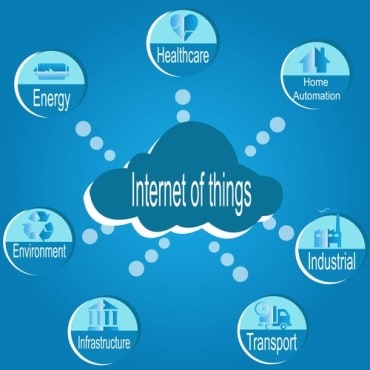
The new cloud-managed solutions help improve business resiliency with greater visibility into physical spaces for IT and Operational Technology environments.
Cisco today announced two new cloud-managed sensor solutions that help businesses simplify asset and facility monitoring across their organizations, from indoor IT closets to outdoor Operation Technology (OT) spaces at scale.
Specifically, the new cloud-managed solutions help improve business resiliency with greater visibility into physical spaces for IT and Operational Technology (OT) environments. Organizations can make use of the solutions via Cisco and Meraki all-in-one dashboards for managing IT and physical data. The solutions are the next step for businesses to create a trusted workplace supporting in-house and mobile work environments.
See also: Cisco Adds Machine Learning to Its IoT Platform
“For many businesses and their IT teams, real-time visibility into critical infrastructures is crucial in keeping their business running smoothly,” said George Bentinck, Director of Product Management, Cisco Meraki. “Meraki MT provides real-time awareness and monitoring into IT environments via a single cloud dashboard, providing customers with the signature simplicity they have come to expect from Meraki.”
The solutions help address workforce safety concerns driven by COVID-19. Many businesses today operate in commercial buildings with limited capacity and are supporting a growing mobile workforce. Business operators must have actionable data from their office space and assets to better manage network equipment performance and maintenance. Remote monitoring using Internet of Things (IoT) sensors offers a list of benefits to help improve efficiencies, including employee safety by preventing unnecessary site visits and equipment checks, reducing network outages and downtime, and reducing costs for premature equipment failure.
The IoT sensor solutions are designed to simplify installs, offering enhanced security and scale. They include:
- Meraki MT sensors monitor indoor environments and IT infrastructure. Three models of cloud-managed devices – MT10, MT12, and MT20 – provide real-time data on indoor temperature, humidity, water leaks, and property/room access.
- Industrial Asset Vision sensors monitor OT assets and facilities in outdoor and industrial indoor spaces. Bundled in a new cloud-based management dashboard that fosters actionable visibility from the sensors to the network, the IP65 and IP67 rated sensors are pre-integrated with Cisco LoRaWAN IoT Gateway and provide insight for equipment and facilities temperature, humidity, vibration monitoring, and lighting levels.
“Remote visibility and operation have become increasingly important not just for efficiencies but to also effectively manage the post-COVID industrial environment,” said Kevin Prouty, Group Vice President for IDC Energy and Manufacturing Insights. “Remote monitoring solutions that are fast and simple to deploy across the enterprise from IT to OT provide clear business value. Cisco’s new Industrial Asset Vision and Cisco Meraki MT solutions potentially simplify deployments and move towards unifying the data needed for resilient decision-making. Industrial companies need their data to be managed across silos and to be secure from endpoint to insights.”
Customers across various industries, including utilities, oil and gas, education, healthcare, manufacturing, and retail, have already deployed these solutions to improve their day-to-day operations and mitigate business disruptions and costly downtime.
“Expanding the simplicity of Cisco Meraki into our asset management and physical security has immediately improved our ability to keep our systems functioning and support school operations,” said CR Hiestand, Network & Systems Administrator, Reading School District. “Before deploying Meraki MT, we weren’t able to keep track of data trends that would allow us to take preventative action when an incident like a faulty air conditioning unit occurs. Now, we’re alerted as soon as the temperature rises above a specific threshold and can immediately address the HVAC equipment failure to ensure there’s no network interruption for any of our 20,000 students and staff.”




























